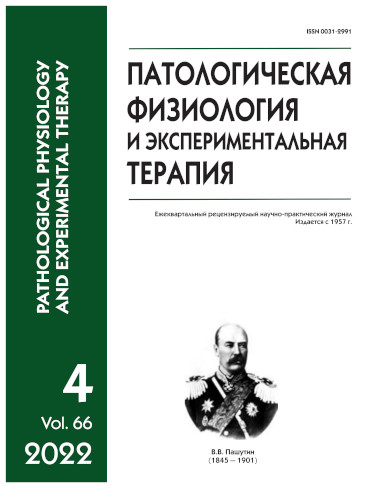Hepatoprotective activity of the Helianthus tuberosus L. extract in carbon tetrachloride-induced liver damage in rats
Abstract
Introduction. Some bioactive substances (e.g., flavonoids, phenolic acids, sesquiterpenes, polysaccharides, and amino acids) in Helianthus tuberosus L. leaves have antibacterial, anti-inflammatory, and antioxidant activity. These active ingredients may provide effective alternatives to imported hepatoprotective medicines. Aim of the study was to assess the hepatoprotective activity of extracts of the Helianthus tuberosus L. dried herb in male rats with carbon tetrachloride intoxication. Methods. The composition of Helianthus tuberosus L. herb dry extract includes hydroxycinnamic acids and flavonoids. The predominant phenolic compound is chlorogenic acid. The hepatoprotective activity of the H. tuberosus extract doses of 100 and 500 mg/kg body weight was compared in carbon tetrachloride-treated rats. The rats were divided into five groups with ten animals in each. The first group consisted of intact animals; the second group received carbon tetrachloride, the third and the fourth groups received the H. tuberosus extract at a dose of 100 or 500 mg/kg plus carbon tetrachloride (TCM). The fifth group received Silymar® as a comparator drug. 48 hours after the TCM administration, serum alanine aminotransferase (ALT), aspartate aminotransferase (AST), and alkaline phosphatase (ALP) activities and total bilirubin concentration were measured. Pathomorphology of rat liver was studied by histological methods using section staining with hematoxylin and eosin. Results. Prior H. tuberosus extract administration reduced the toxic TCM effect on liver cells in experimental toxic hepatitis. In animals treated with H. tuberosus at a dose of 500 mg/kg body weight, the ALT activity was decreased by 31 %, the AST activity by 20%, the alkaline phosphatase activity by 19%, and the total bilirubin concentration by 16% as compared with the respective variables in the Silymar® group of animals that were not treated with the extract. The histological study showed that the H. tuberosus extract administration to animals at a dose of 500 mg/kg reduced dystrophic changes in hepatocytes. Conclusion. The H. tuberosus extract at a dose of 500 mg/kg has a pronounced hepatoprotective effect and it is promising for further pharmacological study for developing hepatoprotective drugs.






